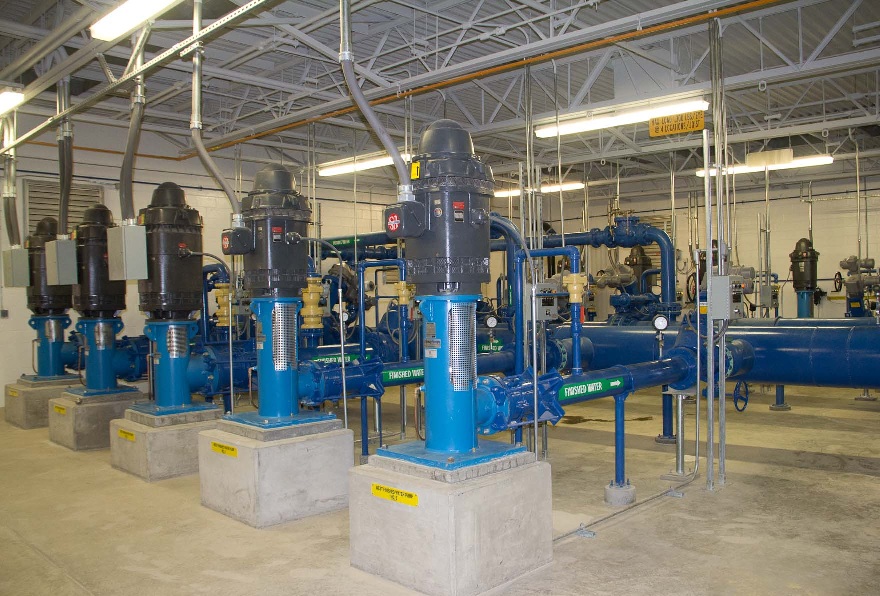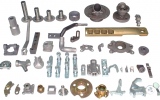Setting up an STP plant requires considerable investment. However, it is important that we recognise the dire need for establishing such a system. STP plants are set up at big and small communities — from residential complexes, corporate offices to village or municipalities.
However, it is important that we consider all factors when taking a decision on setting up one. There are different technologies and scale of operations. Hence, selecting the right plant and STP plant manufacturer is critical. So here are the factors that you should consider:
Plant capacity: Before anything else, find out what your requirement is. Every plant has its own limits and your requirement cannot exceed the capacity. An STP plant also has a minimum load capacity below which it will not work efficiently. Make sure that the plant design will work with a much lower load because initially the STP load will remain low. It should be able to function for any load between 30% and 100%.
Site evaluation: The manufacturer will carry out a site evaluation before setting up a plant. A number of factors are decided according to the conditions present at the site. This will then decide the type and size of the plant. For instance, the soil layers under the plant can make a significant difference in the performance of the plant. A single layer or water-saturated soil under the site will slow down the seepage of effluent.
Nature of effluent: This will decide the technology and the size of the plant. A primary treated effluent will be different from secondary treated effluent. Different technologies are used to treat different kind of kind of waste. For instance, organic waste will be treated very differently from a largely chemical waste.
The type of effluent and its interaction with the soil type will also effect the plant’s performance. For instance, an effluent with a high sodium adsorption ratio is absorbed slowly in a soil with heavily concentration of clay. Some water softeners can also have the same effect. In such cases an alternative technology is usually used to treat the waste.
Site location: This is usually an important consideration in residential projects. Although a well maintained and working plant will not have any unpleasant odour, the situation could change when the plant is being serviced. Many residential properties, as a result, like their STP plant to be housed at a corner of the site.
Size: The capacity requirement of a plant will obviously decide its size. However, that is not always the case. The design is also an important criteria when deciding the amount of space required. Some designs require a large space, while some will work in a compact space. The complication in the design will determine the spread of the plant. A simple plant like a septic tank is more compact than a plant dealing with secondary treated effluent.
Maintenance: STP plants need regular maintenance if they are to run efficiently. They must be cleaned regularly and the filters removed when necessary. Many STP plant manufacturers offer maintenance services after installation. Always check ahead if your manufacturer has the same system in place. The manufacturer will be well aware of design factors and hence, better placed to carry out regular inspections.
Power consumption: Bigger STP plants have significant power consumption. However, many new designs have worked out a low consumption system that is equally effective. Check with the manufacturer on power consumption requirements before installation. Find out alternative that can run on less.
Budget: STP plants come in all kinds of budgets. Some are predictably more quite a bit more expensive than other. Your own budget will be the deciding factor here. But when deciding the budget, keep in mind the expense incurred in power consumption and maintenance activities. Some plants may require a higher outlay at the beginning, but consume less power and require less maintenance. Hence, they are far more economical in the long run. So, when you are chalking out the expense incurred, add in all short-term and long-term costs.
Conclusion
The decision on the right STP plant must be taken very carefully. There are a number of factors that must be taken into consideration, from soil quality, type of effluent, design of the plant to the budget requirement.




















